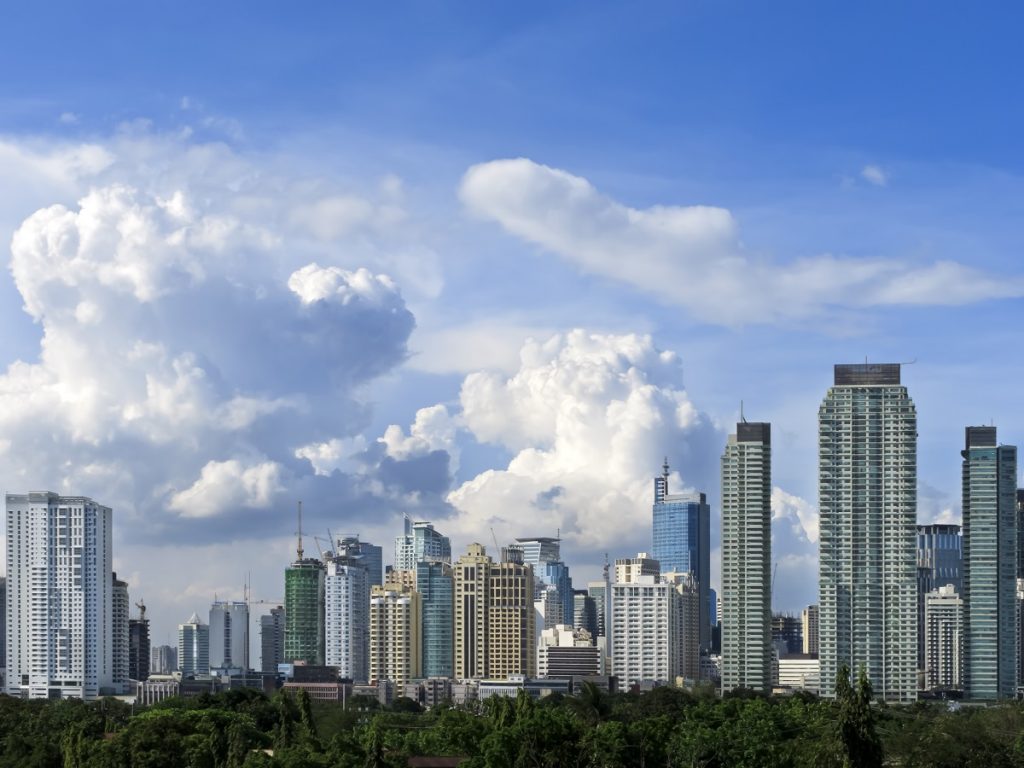NASA cites the dire environmental predictions of the Intergovernmental Panel on Climate Change (IPCC) composed of over 1,300 scientists from the United States and various countries. The IPCC predicts that global temperature over the next century will rise 2.5 to 10 degrees Fahrenheit. According to the IPCC’s Third and Fourth National Climate Assessment Reports, this will result in more droughts and extreme heatwaves, more frequent and stronger hurricanes, and a rise in the sea level of one to eight feet by 2100, flooding many areas.
In the U.S., the rise in sea level will impact the Northeast, Northwest, and Southeast regions. The Northeast will experience both heavy rainfall and intense heat waves. The Northwest will experience more wildfires and a reduced water supply. The Southeast will also experience extreme heat and a low water supply. The Midwest will have heavy rain and flooding contrasted with extreme heat by season. The Southwest will have drought, intense heat, and increased wildfires as well as decreased water supply while experiencing flooding in coastal areas.
Need to Control Global Temperature
The State of the Global Climate 2020 report of the World Meteorological Organization (WMO), launched on April 19, 2021, stated that the global average temperature must not exceed 1.5-degree Celsius above the pre-industrial level. The world came close to this in 2020 at 1.2-degree Celsius above the pre-industrial level. The highest temperatures in history on record were from 2015 to 2021.
This was the main issue in the virtual Leaders Summit on Climate attended by 40 world leaders and hosted by U.S. President Joseph Biden from April 22 to 23. UN Secretary-General António Guterres highlighted that the goal of the 2015 Paris Treaty to bring the global temperature to less than 1.5 degrees Celsius above pre-industrial levels will no longer suffice. He instead called on countries to commit to a goal of net-zero carbon emissions by 2050. The U.S., the European Union, South Korea, and Brazil agreed to this. The U.S. further pledged to reduce its greenhouse gas emissions by 50 percent by 2030.
Environmentally Friendly Infrastructure
The World Economic Forum highlights that 33 percent of global greenhouse gas emissions come from buildings and they use up 40 percent of global energy. The Forum warns that the average life of buildings is about 50 years, hence, their carbon footprint has a long-term impact on the environment.
It is good to know that according to Market Research Future (MRFR), the global market for energy-efficient buildings will have a compound annual growth rate (CAGR) of 8.15 percent from 2020 to 2027. There will be increases in the number of environmentally friendly buildings, utilization of sustainable technological building solutions, and energy-saving building management.
A building’s level of energy efficiency depends on the rate of energy usage and the rate of energy loss through its physical structure. An environmentally friendly building must emit little or no greenhouse gases. A zero-energy building is better because it produces more energy than it uses, does not depend on non-renewable energy sources, and has no carbon emissions.

Eco-friendly Building Certifications
Environmentally friendly infrastructure use integrated building practices that guarantee green principles in the choice of site, land usage, design, materials, construction, operation, demolition, and disposal. These also cover the handling of energy, water, and waste, as well as ensuring health. For instance, potable water tanks as well wastewater tanks must both be lined with environmentally friendly materials such as OBIC coating systems.
Various certifications vet the environmental friendliness of buildings. The Leadership in Energy and Environmental Design (LEED) certification given by the U.S. Green Building Council (USGBC) checks land use, design, materials, construction methods, energy and water usage, air quality, and accessibility.
The National Green Building Standard (NGBS) certification of the National Association of Home Builders (NAHB) checks lot development; use of resources, water, and energy; indoor environment; and maintenance and operation.
The U.S. Environmental Protection Agency (EPA) has several certification programs. The ENERGY STAR certification for buildings is given to buildings that score at least 75 out of 100 on the EPA scale, meaning its energy performance is better than 75 percent of similar buildings throughout the country. Indoor airPLUS checks the indoor air quality in a building.
Building for the Future
The entire nation must support the government’s 2030 goal of halving greenhouse gas emissions and the 2050 goal of net-zero carbon emissions. To do so, all new building construction must be environmentally safe, and existing buildings must undergo retrofitting.
UN Secretary-General António Guterres stated at the launch of the WMO’s State of the Global Climate 2020, the world is on the brink of the “abyss”. Climate change is worsening, and we are nearing the point of no return. The earth can only survive if people act now.






